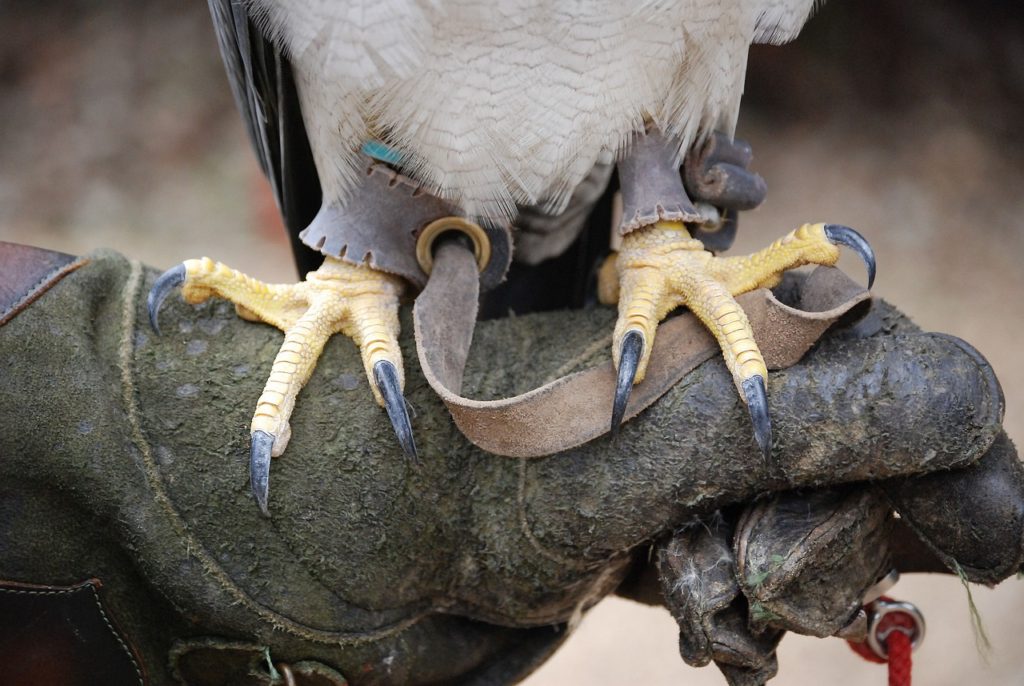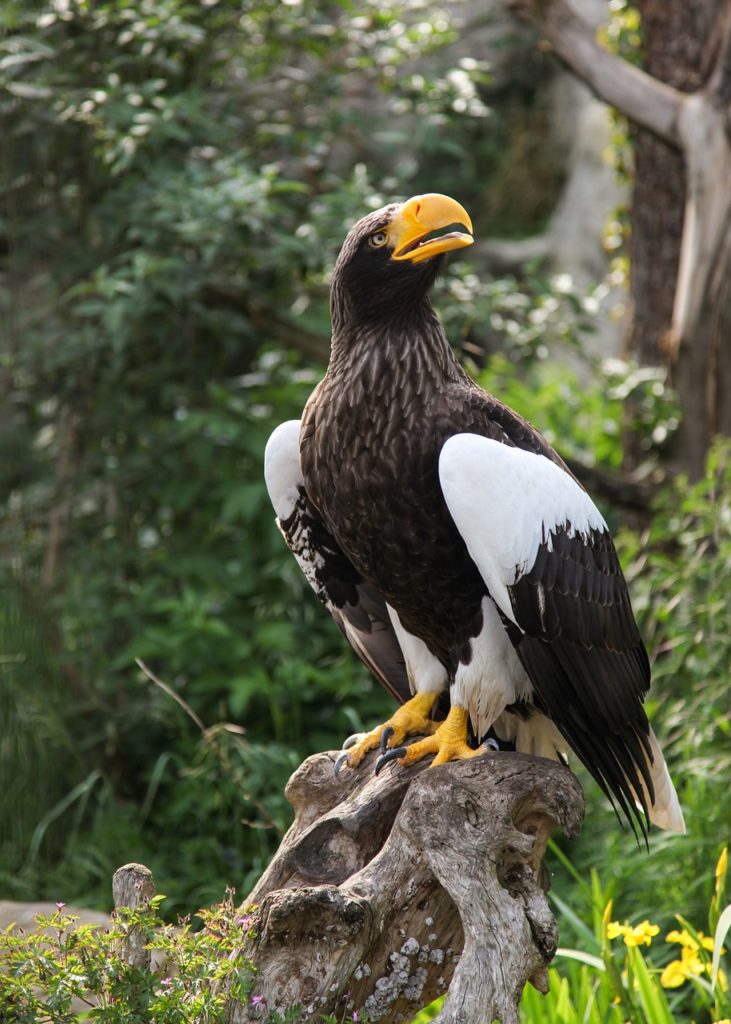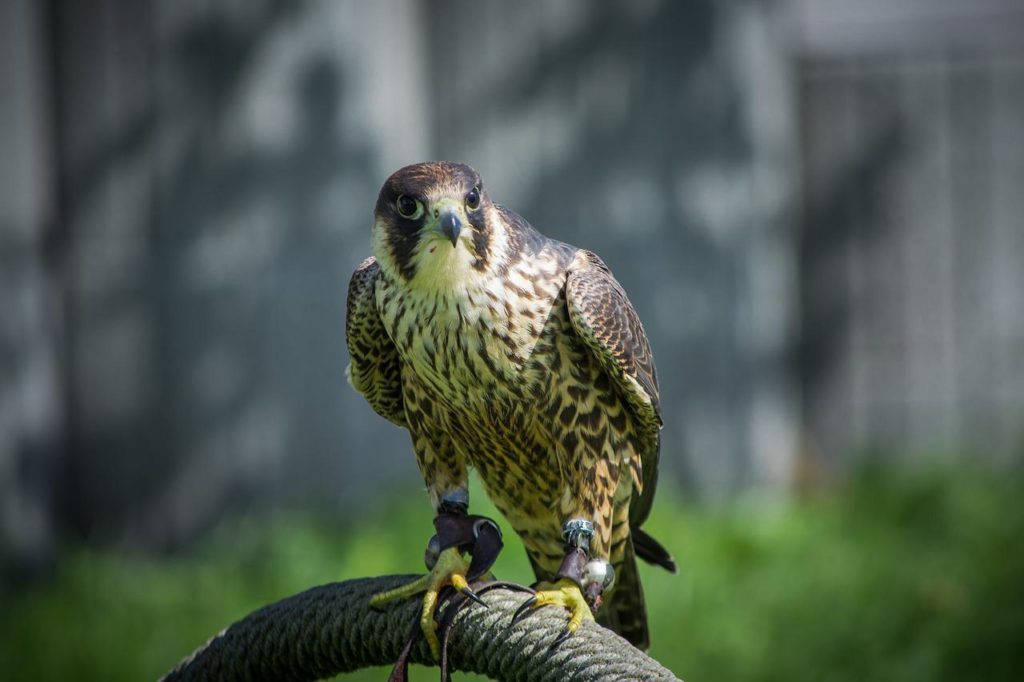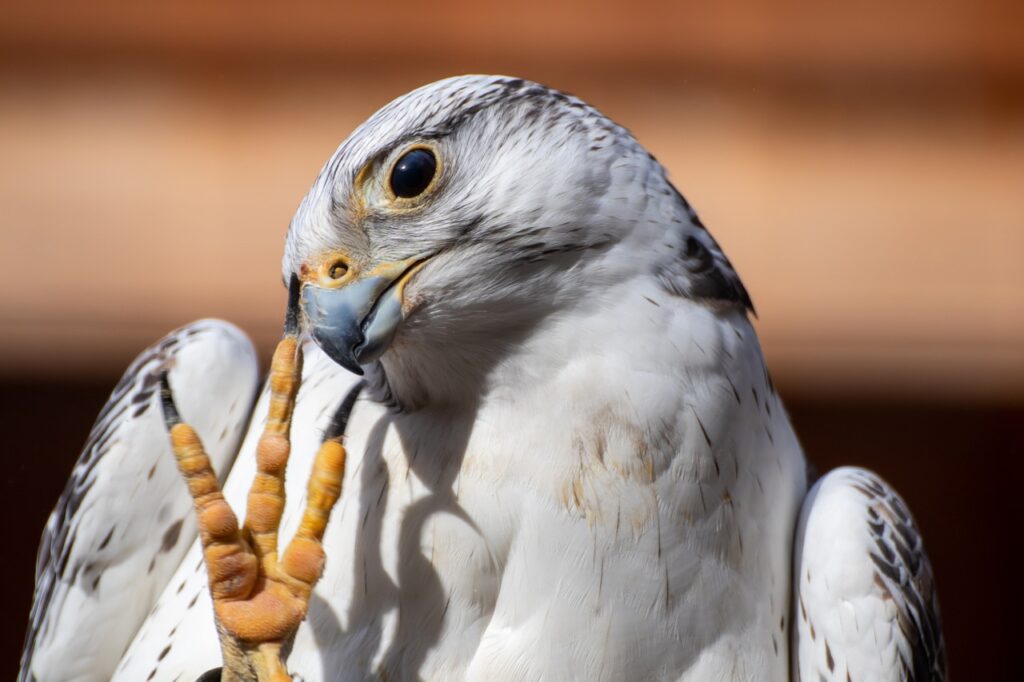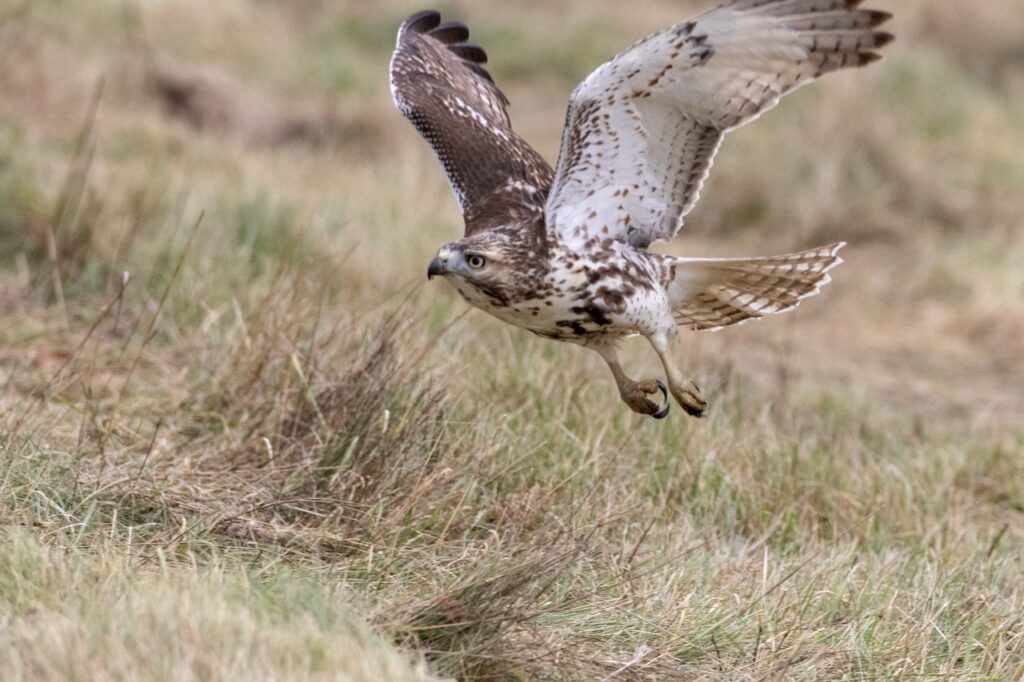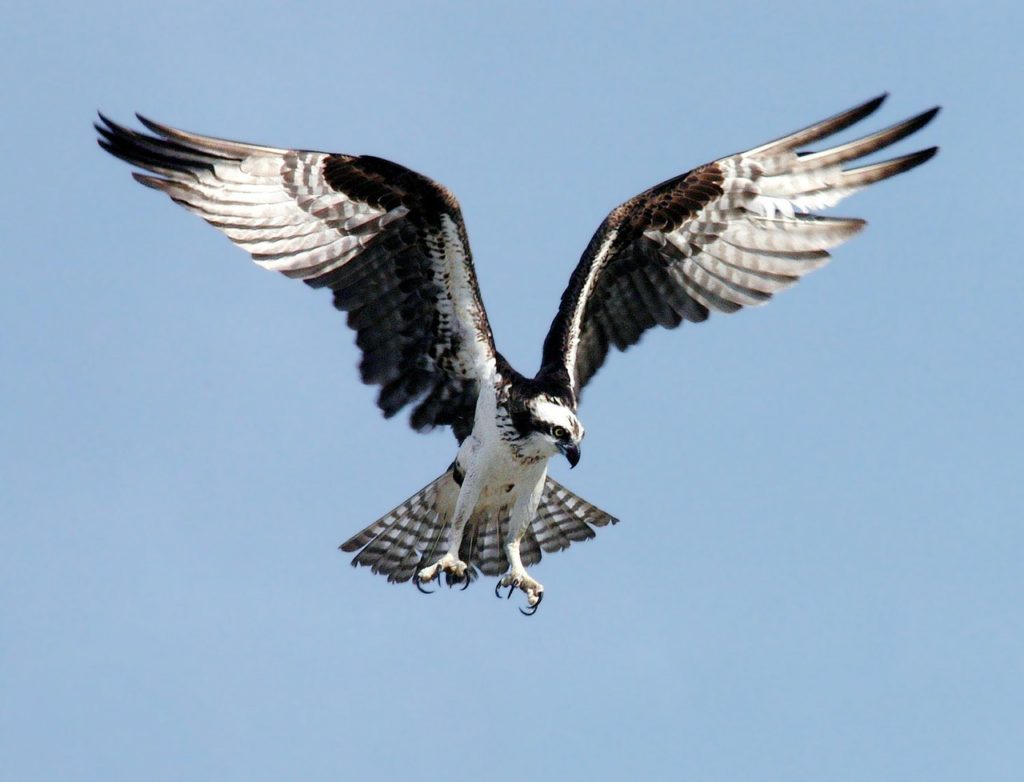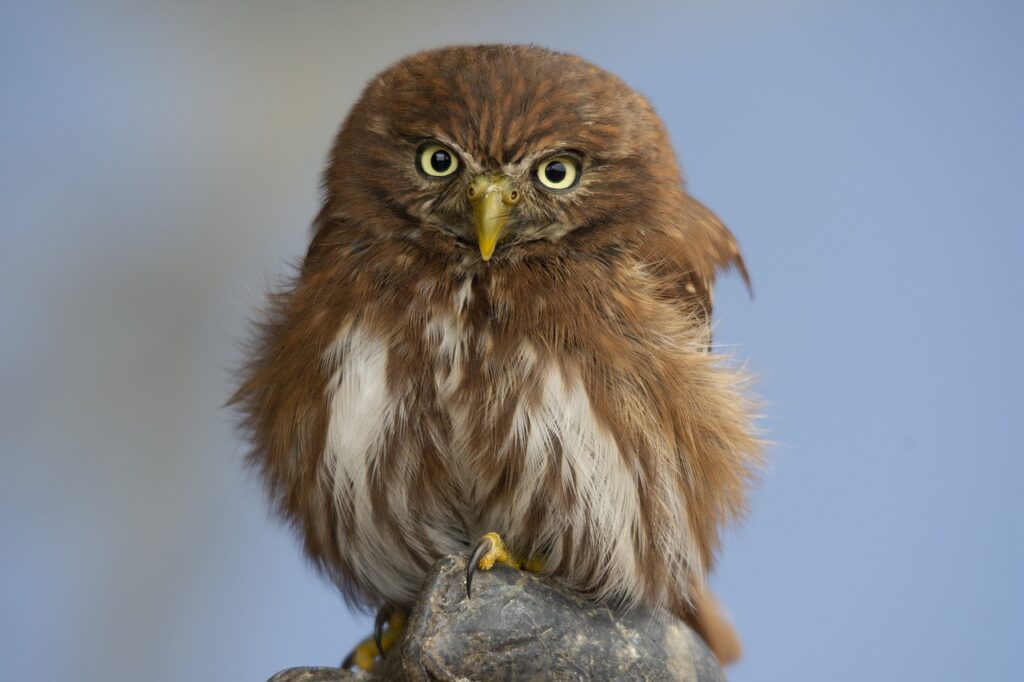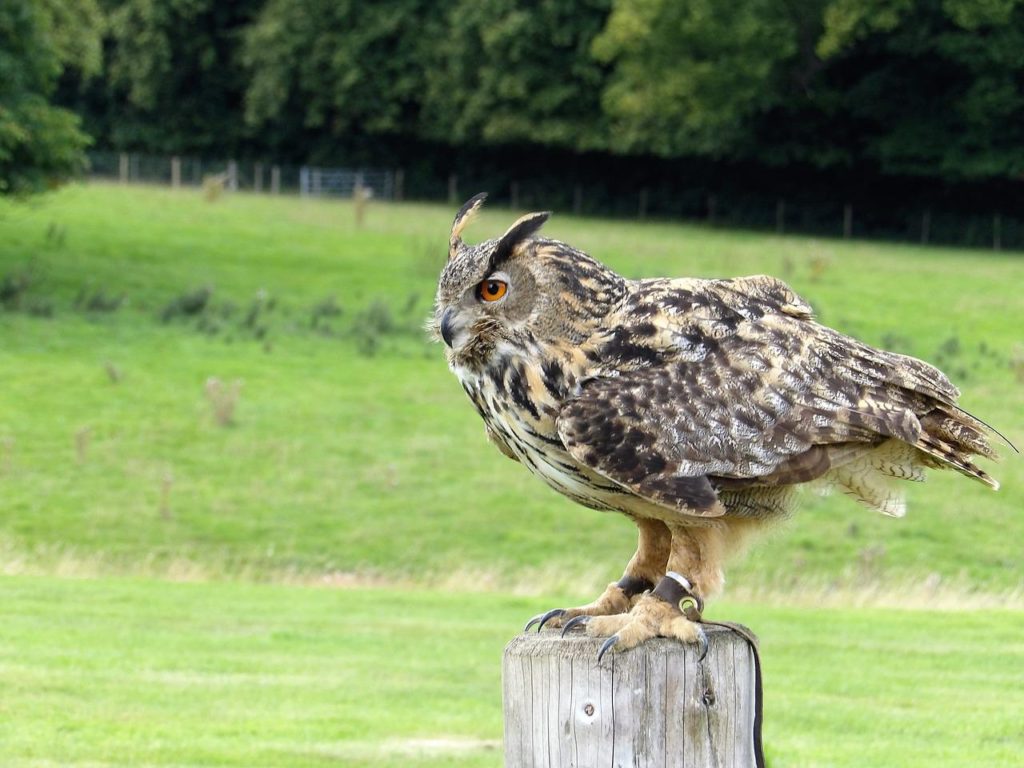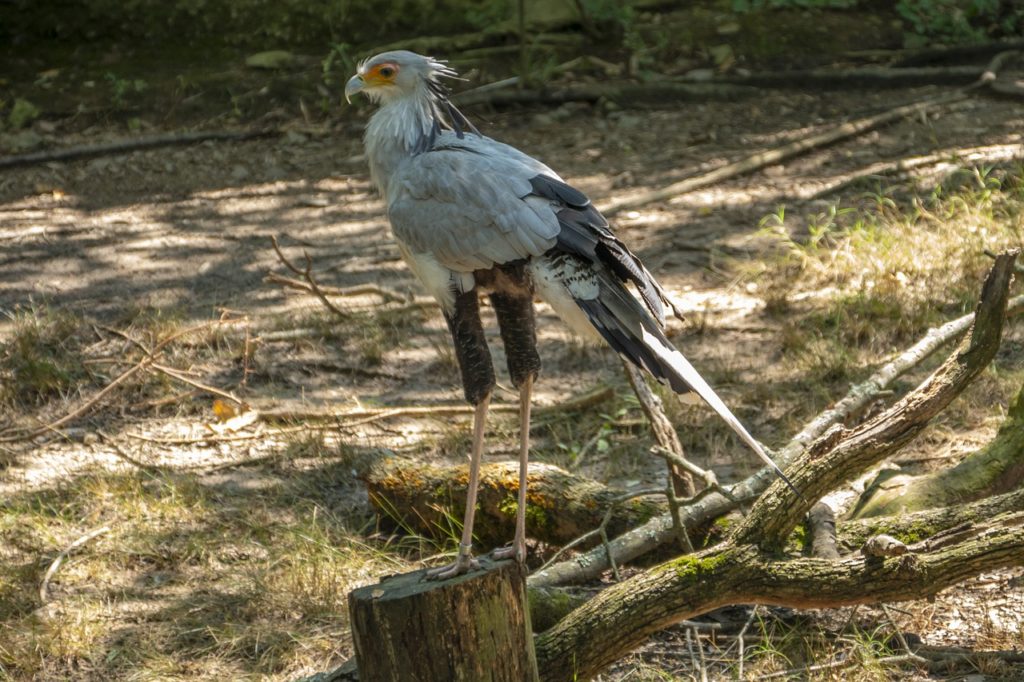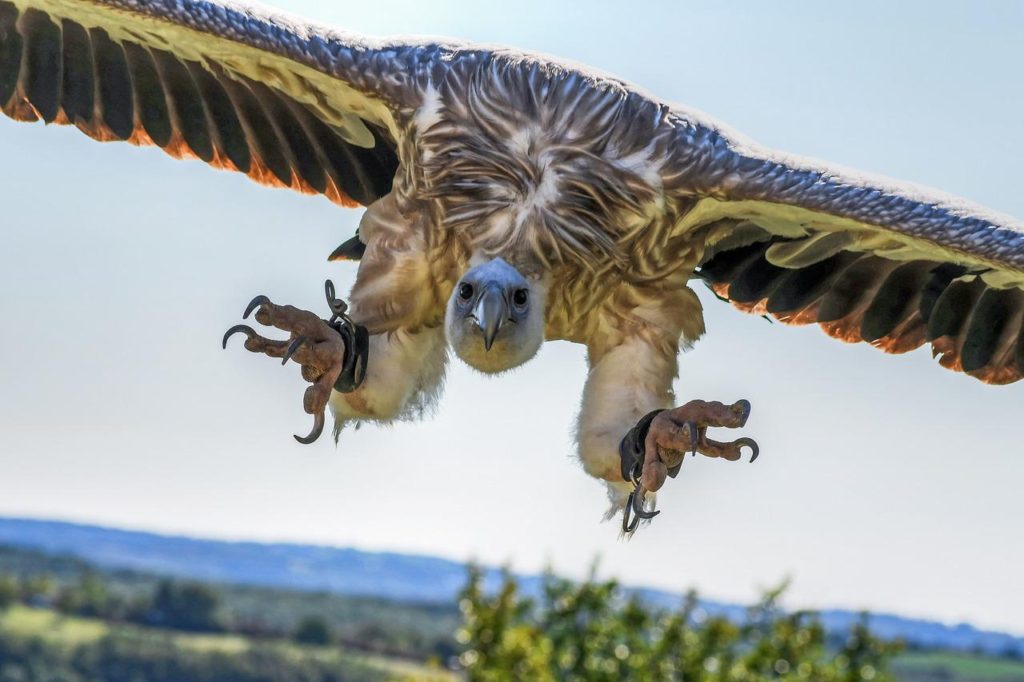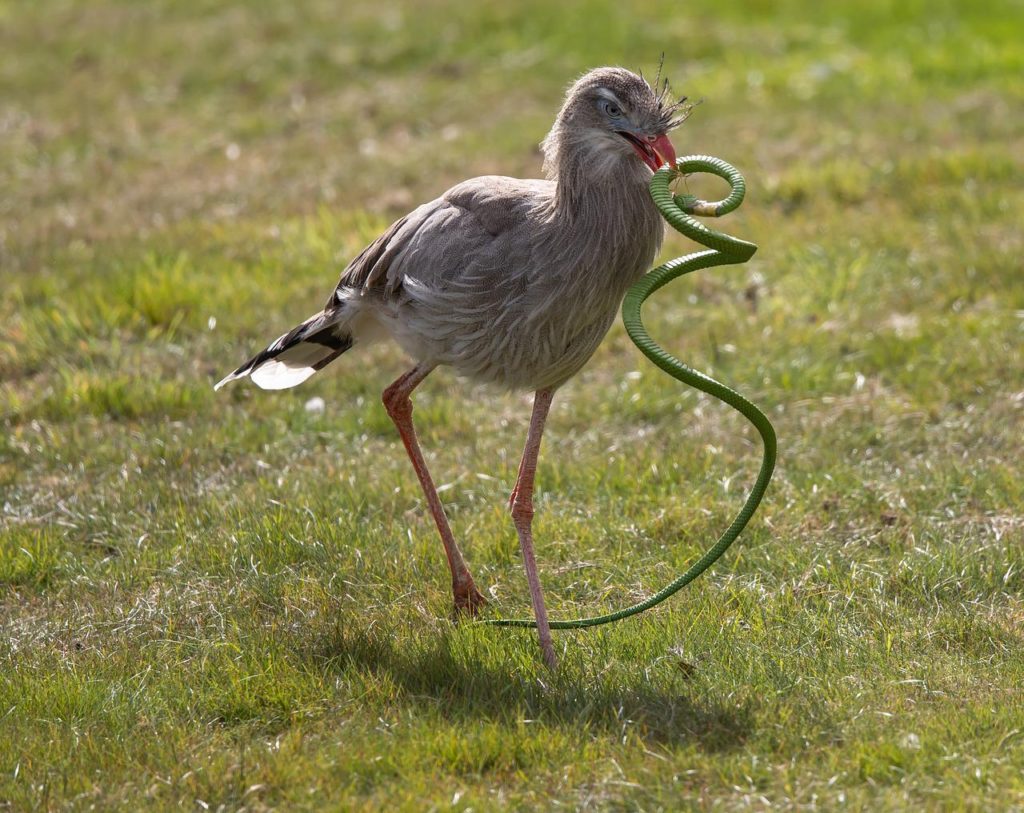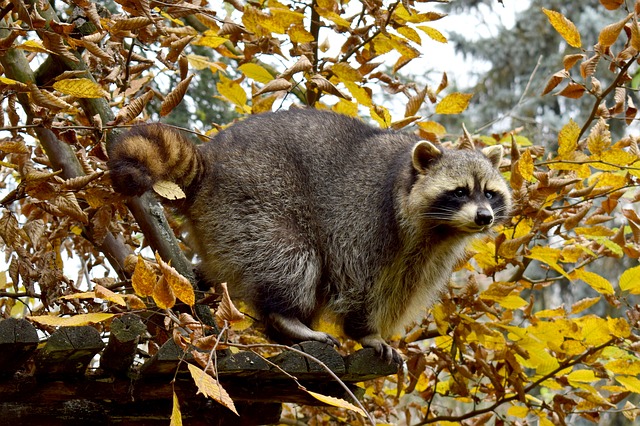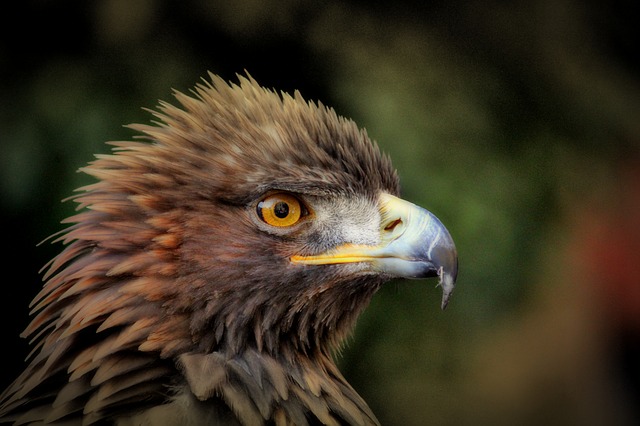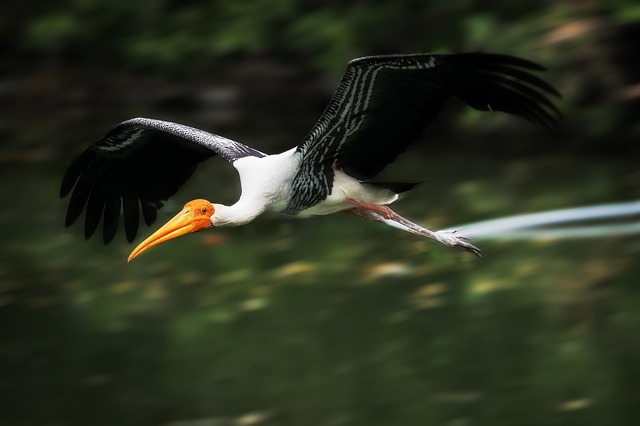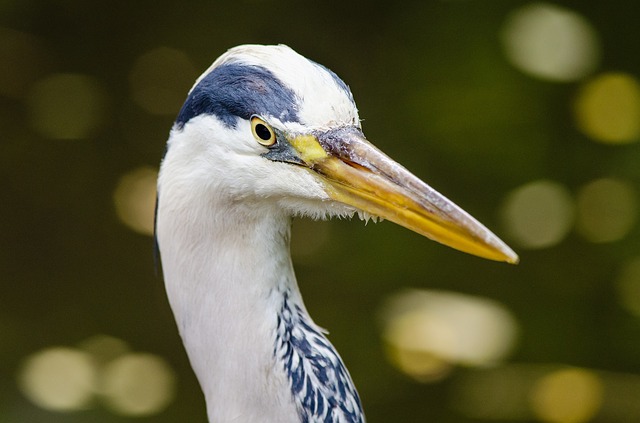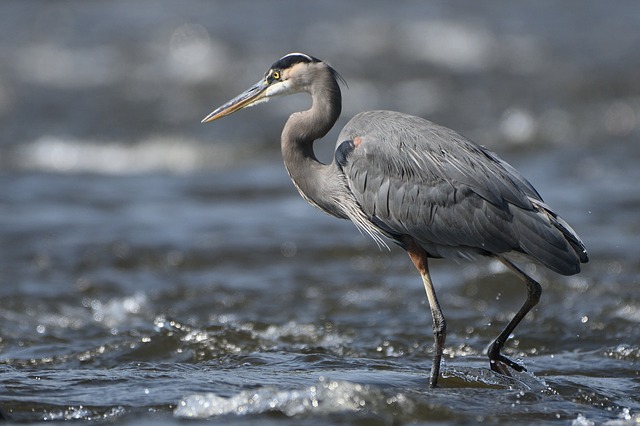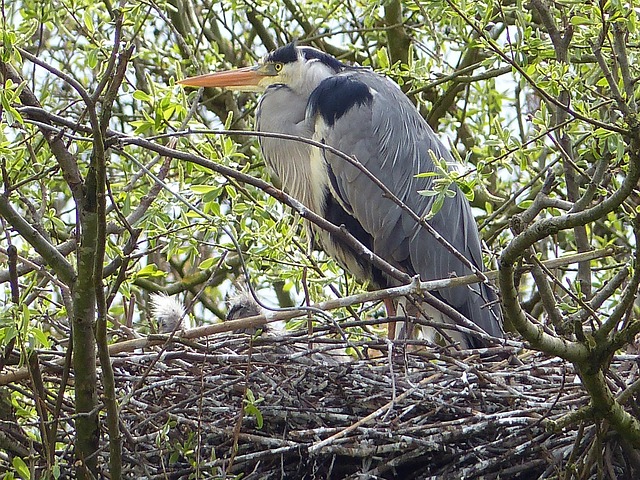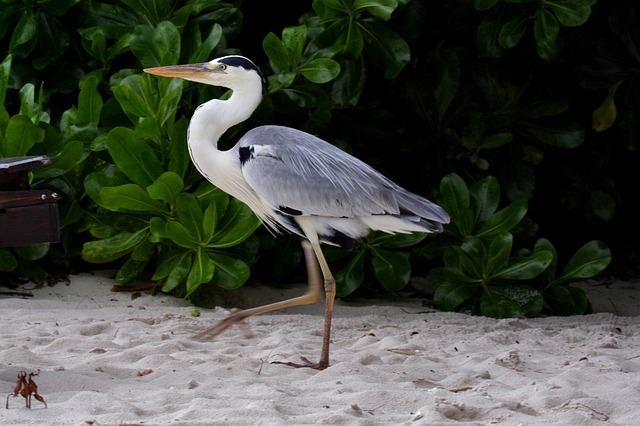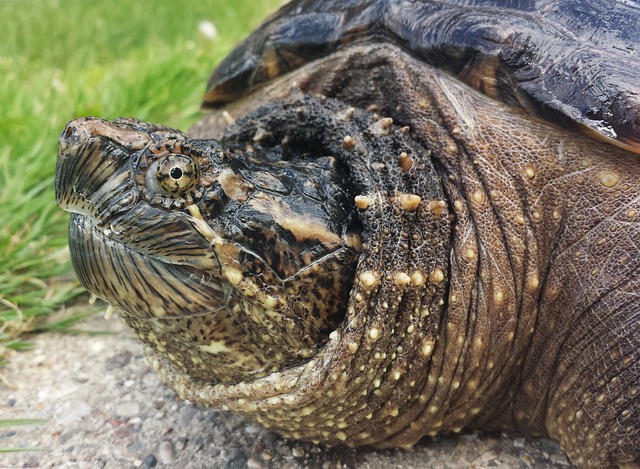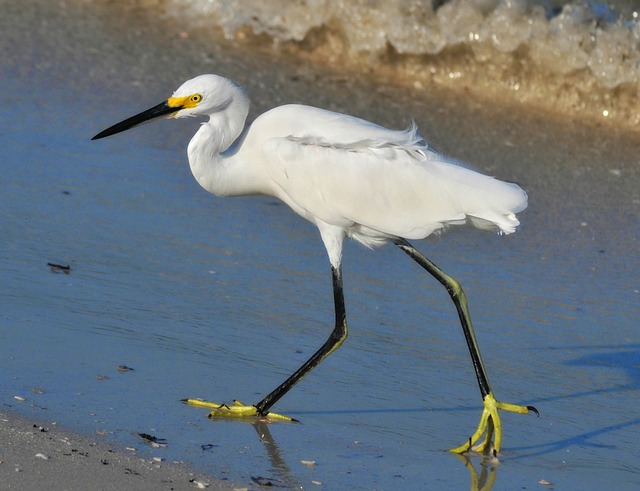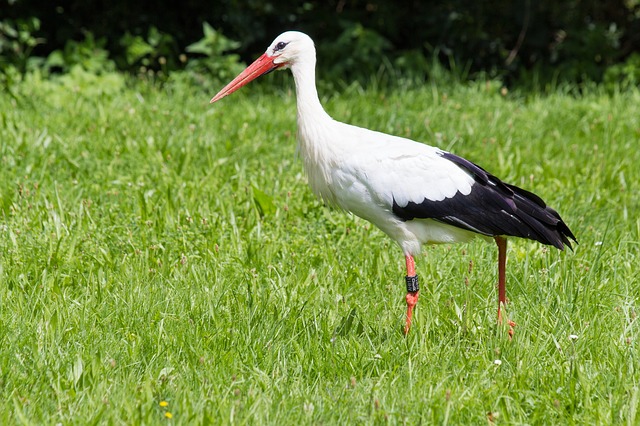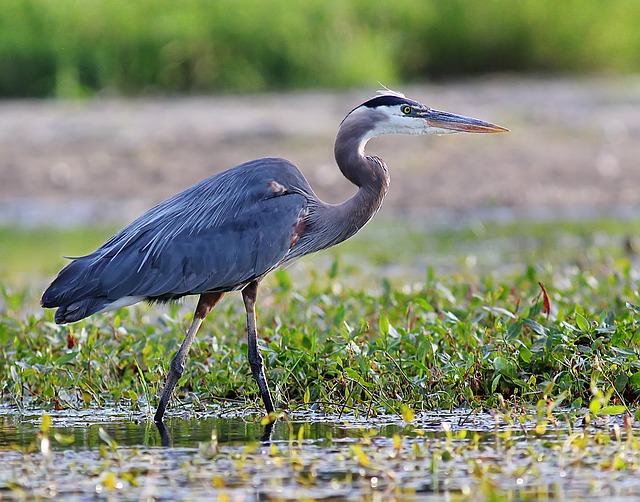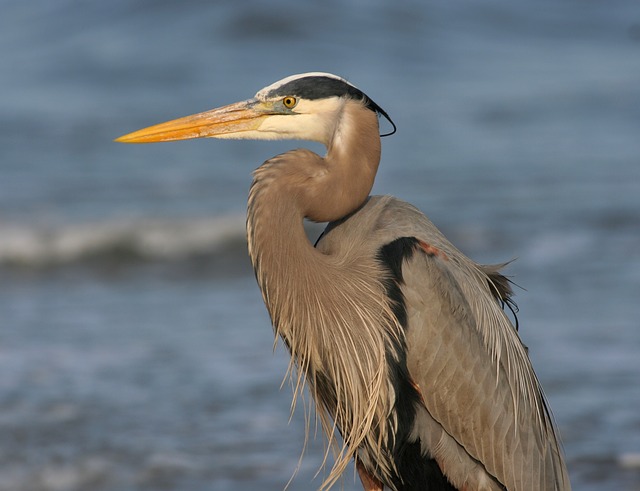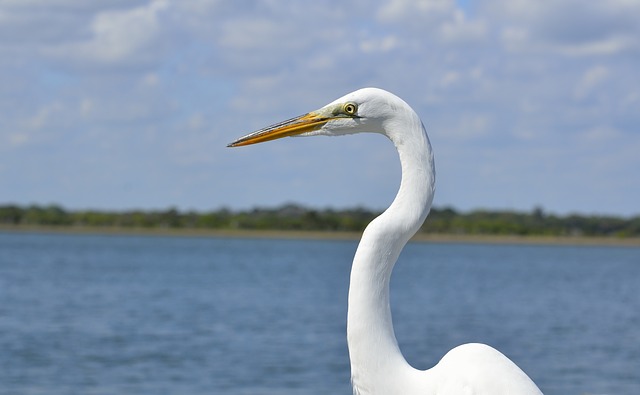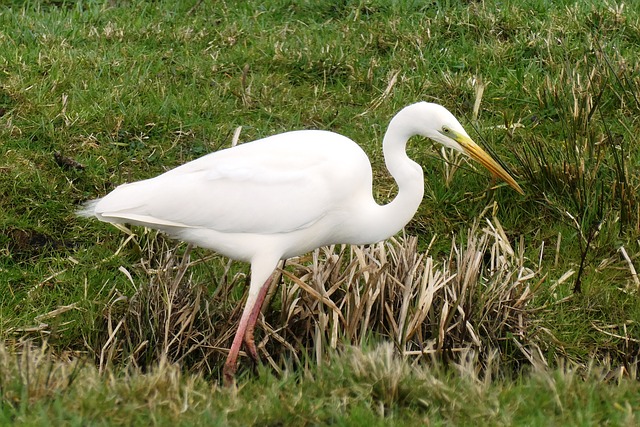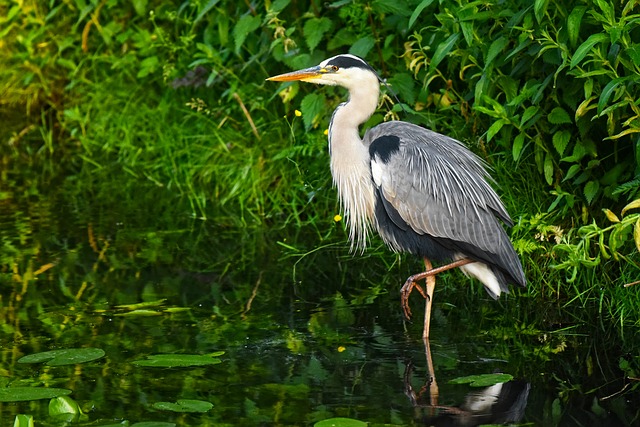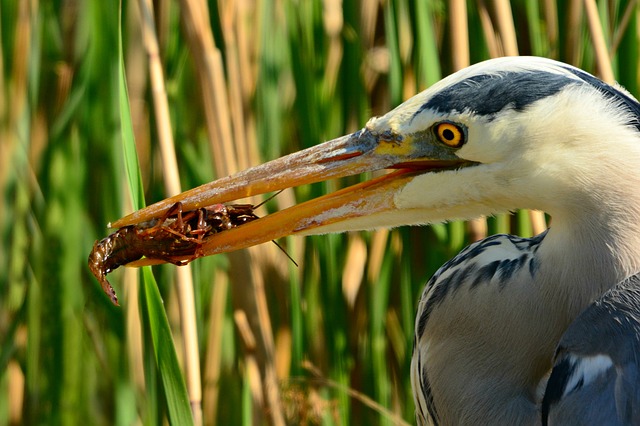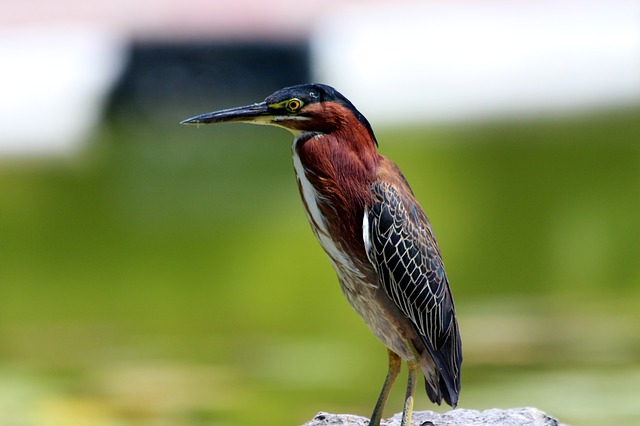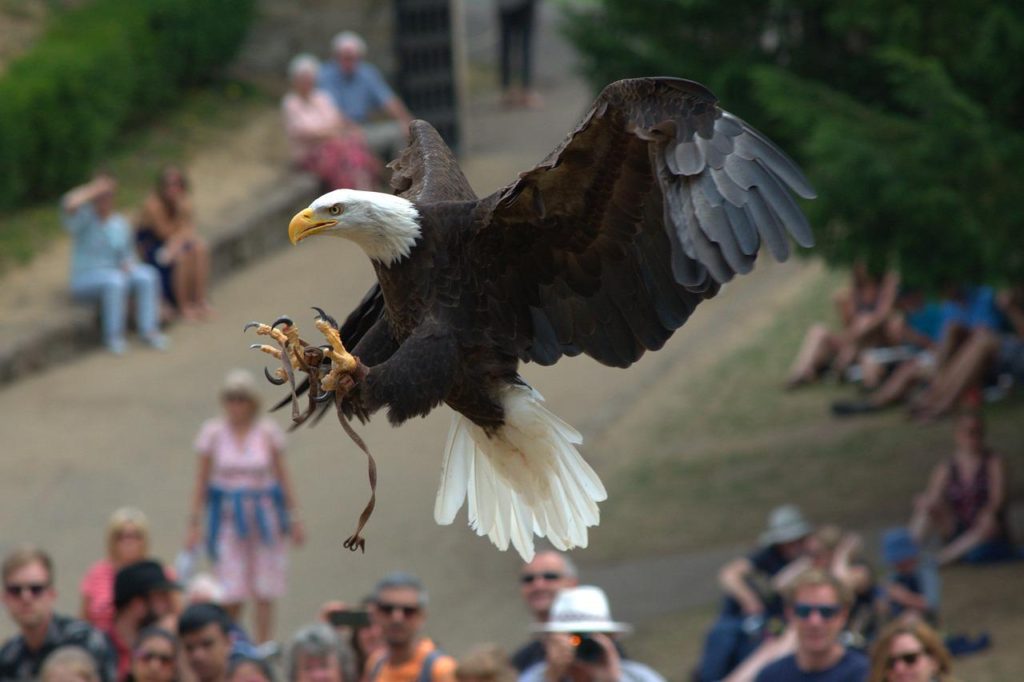
All birds have claws. However, only a few types have the scary-looking and dagger-sharp claws called, “talons”. So here are the birds with talons and what you’ll want to know about each of them.
What Are Talons?
Talons are the claws of a group of predatory birds known as birds of prey, also called raptors. Bird of prey talons are made of keratin the same substance as our fingernails and because they get worn with use, they grow for the entire life of the bird.
Talons are much bigger, stronger, and have sharper tips than the claws of others birds. They are used by birds of prey as their primary hunting tool, to help capture and kill their food. Talons come in various shapes and sizes depending on the species of bird and its specific prey.
Eagles
Eagles like most other birds of prey have 4 talons on each foot. They have 3 talons on their front toes that face backward and 1 talon on their back toe facing forwards (known as the hallux talon). The hallux talon is longer than the other talons and helps with gripping. It is also pushed through the body of the prey when it is caught which is why it is sometimes called the “killing talon”.
Prey is not typically killed outright by the talons but instead, the animal usually dies from massive blood loss or organ failure as the eagle eats it alive. Because they have massive feet and giant talons many eagles are capable of taking prey items that are quite large.
The harpy eagle has the largest talons of any bird on the planet. Their hallux talons can reach up to four inches in length. That means harpy eagle talons are the same size as grizzly bear claws and it allows these predators to hunt animals as big as monkeys and sloths.
Falcons
Falcons are fast-flying hunters. They mainly prey on birds and attack them in flight with a high-speed assault. The peregrine falcon is so fast that it is able to reach speeds of up to 200 mph or more when diving to catch its meals. Falcons strike their prey with their feet clenched like fists.
The attack can kill prey instantly or severely cripple it. After the devastating blow, the falcon often turns and catches the prey mid-air. If the bird is still alive after being knocked out of the sky the falcon will land and kill it with its beak. Falcon beaks have a tooth-like structure that helps them to quickly kill by severing the spinal cord or crushing the head of their prey.
Because they rely mostly on the force of their blazing-fast strikes for immobilizing their prey and their specialized beaks for killing they don’t have huge talons or exceptionally strong feet. Falcons are birds with talons that are modestly sized and set on long and slender toes.
This combination helps them to be able to penetrate a bird’s feathers with their talons while at the same time wrapping their feet around the bird’s entire body.
Hawks
While hawks range from small to medium in body size, they have large and powerful talons. These are intelligent and swift birds with excellent eyesight. Hawks locate and attack their prey using a range of methods such as sitting and watching from a perch, soaring high above, or attacking them in midair.
When attacking, the hawk’s talons are driven deep into the prey’s body usually killing it. Although hawks may also use their hooked beaks to finish the job. In North America, the most commonly seen hawk is the red-tailed hawk which is named for its red rust-colored tail that stands out against its mainly brownish plumage.
Ospreys
Ospreys are large attractive birds of prey that have a diet almost exclusively made up of fish. And these fish-hunting specialists are found near bodies of water all around the world. The Osprey doesn’t just snatch its prey from the surface as most other fish-eating birds do.
It plunges feet first into the water to capture fish. And it often totally submerges itself several feet under the water in the process. Ospreys have talons and feet that have unique characteristics for catching and holding onto those slippery fish.
Osprey bird talons are both long and large. And in addition, they have a reversible outer toe that allows the bird to use its talons to grip fish from all 4 directions. The feet are big under the toes there are sharp spines called “spicules”, that function as a non-slip surface.
Owls
There are over 200 different species of owls, and almost all of them are nocturnal. These birds have large forward-facing eyes that help their depth perception when hunting in low-light conditions. They also have special wing feathers that allow them to fly in total silence giving them a stealthy advantage over their prey.
Owls catch the majority of their prey on the ground where the odds of being able to kill their prey in a single blow are not very high. So their feet and talons have adapted mainly for gripping and restraining prey. Once they have made the catch, owls usually kill their prey by squeezing it to death and then swallow their meal whole.
They have short and robust toes and talons that are long, nearly all uniform in size, and less curved than those of other birds of prey. These adaptations allow for maximum grip strength without sacrificing reach. In fact, owls actually have some of the strongest bird talons in the world.
They have 2 talons that face backward, 1 facing forward, and 1 that can rotate and be used in either position. (Owls and ospreys are the only birds with this special foot configuration). This gives owls the ability to use their talons to fully encircle their prey when needed.
Owls are such efficient hunters of rodents that a single family can kill several thousand per year. For this reason, many people attract owls to their properties so they can provide natural pest control.
Secretary Birds
These are unique-looking birds with stilt-like legs, a body that looks like an eagle, and a crest of feathers on their heads. Different from the majority of birds of prey, the secretary bird spends almost all of its time on the ground where it stalks for its meals. These birds are known to walk up to 20 miles in a day or more in search of their food which includes small animals and snakes.
This is a bird with talons that kills its prey by stomping on it. The secretary bird is the only bird on the planet that stomps its prey to death and it is believed that its unusually long legs help it to generate the power needed to do so. Both the talons and toes are short yet strong including a powerful rear talon which is used to help kill prey. For protection against snake bites, secretary birds have thick scales on their legs.
Vultures
While vultures may occasionally feed on sick and dying animals, they are mainly scavengers. And their talons and feet are perfectly adapted for this function. Because vultures don’t hunt, their talons are not as sharp. Vulture talons are designed for holding their meal down (which is already dead so there’s no struggle) as they use their hooked beaks to tear out chunks of rotting flesh.
Some species like the black vulture may also use their talons when fighting with others members of their own kind over a feeding spot at a carcass. Having blunter talons also helps to make walking easier as vultures spend a lot of time on the ground when feeding.
While new world vultures such as the turkey vulture and black vulture are known for having relatively weak feet this is not true of all vultures, the feet of their cousins the old world vultures, are actually quite strong.
Seriemas
Seriemas are long-legged birds that live on the ground. There are two species the red-legged seriema and the black-legged seriema both of which are found in South America. Sereiemas are the only living ancestors of the extinct giant “terror birds”. They are omnivores that catch and kill rodents, lizards, insects, birds, frogs, and snakes including the venomous coral snake.
They are birds with talons that look very dinosaur-like. Seriemas have short yet incredibly sharp talons on their toes including one prominent sickle-shaped inner talon. The inner talon is sharper and more recurved than the others and is also raised up and held off of the ground. It is often compared to the similar-looking innermost claw of a velociraptor.
Because of its recurved appearance at first glance, you might think that the inner talon is used for slashing, however, the seriemas use it to grasp and pin down prey while they use their hooked beak to rip and tear away flesh. These birds are very fast runners and have been clocked at running over 40 mph.
Start Shopping for Birding Supplies!
Raccoon Pictures
Raccoons are easily recognizable by their black face mask and ringed tail. And there are many fascinating things about this intelligent nocturnal species. So we’ve compiled some of the best raccoon pictures to show you just how amazing and unique they are. Raccoon...
Eagle Pictures
Eagles are large powerful raptors with sharp talons and beaks. These apex predators are typically at top of the food chain and there are many interesting things about them. So we’ve compiled some of the best eagle pictures to show you just how amazing they are. Bald...
Nutria Pictures
Nutria are large semi-aquatic rodents from South America. In the United States where they were originally imported for the fur industry, they are an invasive species. Despite their pest status, there are many interesting things about them. So here are some of the best...
Stork Pictures
Storks are tall wading birds with long legs and necks. These amazing birds have many fascinating things about them. And we’ve compiled some of the top stork pictures to help show you just how interesting and beautiful they are. White Stork The white stork has a body...
Alligator Pictures
The American alligator is a large predatory reptile that inhabits the southeastern United States. It’s a fascinating animal with many interesting things about it. And we’ve collected some of the best alligator pictures to help show you just how amazing they are....
How Long Do Great Blue Herons Live?
The life expectancy of birds is known to be closely related to their size. So as the biggest heron species in North America, how long do great blue herons live? The average life expectancy for these large birds is around fifteen years. However, surviving their first...
Where Do Great Blue Herons Live?
The great blue heron is considered to be the most widespread heron in North America. So exactly where do great blue herons live? Here’s what you’ll want to know. Great Blue Heron Range The great blue heron is found throughout most of the North American continent. In...
Where Do Great Blue Herons Nest?
While many of us have seen great blue herons their nesting habits often remain a mystery to most people. That’s because they purposely nest in hard-to-reach places. So where do great blue herons nest? Here’s the answer. A Colony Nester Typically great blue herons nest...
Do Great Blue Herons Migrate?
Do great blue herons migrate? This is something many people wonder about, especially if they’ve seen a heron during the cold winter months. And the answer is both yes and no. Here’s what you’ll want to know. Great Blue Heron Range The great blue heron has a large...
Great Blue Heron Pictures
Few species of birds are as tall, elegant, and attractive as the great blue heron. So we’ve compiled some of the best great blue heron pictures for you to admire and help you to learn more about this amazing bird! Great Blue Heron Head The head of the great blue heron...
What Do Snapping Turtles Eat?
Many people are familiar with the fact that snapping turtles have an incredibly strong bite. They use their strong jaws and sharp beak not just for defense but also for catching food. So what do snapping turtles eat? Here's what you'll want to know. Snapping turtles...
Birds That Look Like Egrets
Egrets are predatory birds that hunt and live in a range of both freshwater and saltwater habitats. These birds are usually white, and have S-shaped necks, long legs, and dagger-like beaks. However, they are often mistaken for several other types of birds that look...
Birds That Look Like Storks
Storks are large wading birds with robust bills and long legs. These tall carnivorous birds are well-known for their wide wingspans and also for building huge nests. However, they are often confused with several other bird types that have a similar appearance. So...
Birds That Look Like Herons
Herons are tall birds with long slender legs and necks. And they often wade in the water when hunting for food. Yet there are several other types of birds that may be mistaken for them. To make things more confusing many of these birds also spend time in the water and...
Great Blue Heron Facts
The great blue heron is named for its size and the grey-blue color on its wings, stomach, and back. This species has many fascinating things about it. So here are the top great blue heron facts. It's The Largest North American Heron The great blue heron is a big bird...
Are There White Herons?
Are there white herons? This is something many people wonder especially after seeing a tall all-white bird. The answer is yes! And here’s a fast introduction to them. A White Color Morph Most people are familiar with the great blue heron, a large predatory and...
Great White Heron Facts
While many people are familiar with the great blue heron, they are often surprised to find out that there’s also a great white heron. There are many things you’ll want to know about this stunning bird. So here are the top great white heron facts. The Great White Heron...
What Animals Eat Herons?
Because of their size and long sharp beaks, it can be hard to imagine that herons have any natural predators. While they do, they definitely don’t have nearly as many predators as most other types of birds. So what animals eat herons? Predators Of Adult Herons For...
What Do Herons Eat?
Great blue herons are often seen slowly wading in shallow water hunting for food. You may have even spotted one of these large birds in your own backyard pond. This leaves many people wondering: “What do great blue herons eat?” And here’s everything you’ll need to...
What Do Green Herons Eat?
The green heron is a secretive and small heron species. What it lacks in size however it makes up for in intelligence. It is particularly well-known for how it uses its smarts when hunting for food. So what do green herons eat? Read on to find out. Meet The Green...
